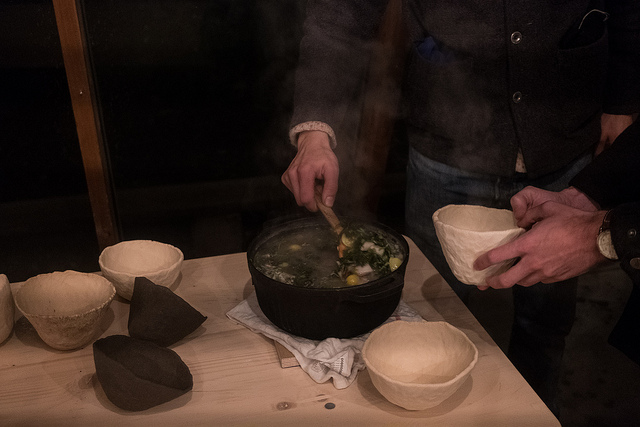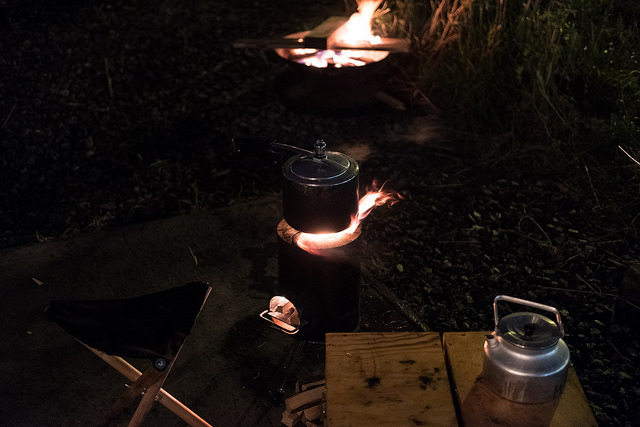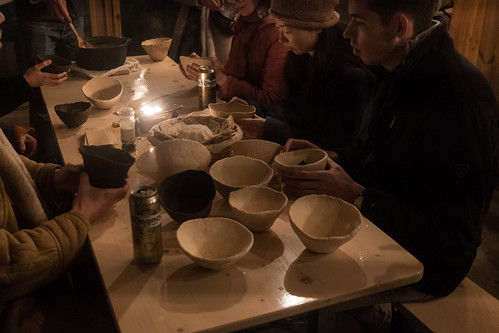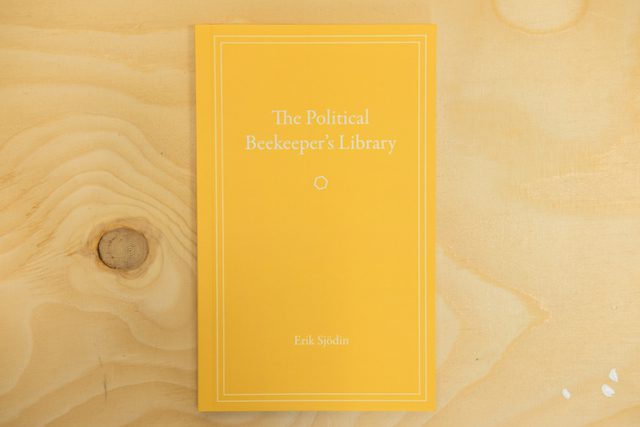
[Soup and clay bowls hand shaped by Linus Ersson]
Fire-making, agriculture, pottery, astronomy, were marvellous collective leaps: dominations rather than adaptations. For thousands of years men must have dreamed, vainly, of further short-cuts and controls.
– Lewis Mumford, Technics and Civilization.
On the evening of the full moon on November 4 2017, artists and researcher Erik Sjödin and artist and craftist Linus Ersson hosted a Full Moon Gathering at Losæter in Oslo. By cooking and serving soup from vegetables harvested at Losæter Erik and Linus explored connections between fire, pottery, cooking, and agriculture.

[Pressure cooking beans from Losæter on a rocket stove]
The soup was cooked on a mobile wood fired rocket stove kitchen which is part of the project “We Still Carry the Fire”, in which Erik Sjödin explores various human relationships to fire by creating opportunities for social interaction and cooking using fire.
The soup was served in clay bowls produced by Linus Ersson especially for the Full Moon Gathering, using basic and rapid pottery techniques. Early pottery had rounded bottoms to avoid cracking while burning. As a nod to prehistoric time, before tables were invented, the bowls bottoms were kept rounded, making them challenging to rest on the table while eating.
Heat-resistant pottery was discovered independently in Asia and Africa around twenty and ten thousand years ago respectively. It enabled humans to cook, store, and eat food in new ways and thus consume a more diverse and nutritious range of food, in particular plant based food. A development that contributed to a shift from nomadic hunting and gathering toward a more settled living with domestication of plants and farming.

[Full Moon Gathering in Oslo November 2017]
Thanks to Flatbread Society and Marius Presterud for facilitating the Full Moon Gathering and baking flatbread, and to Sara Björke for helping out with the vegetables.



















